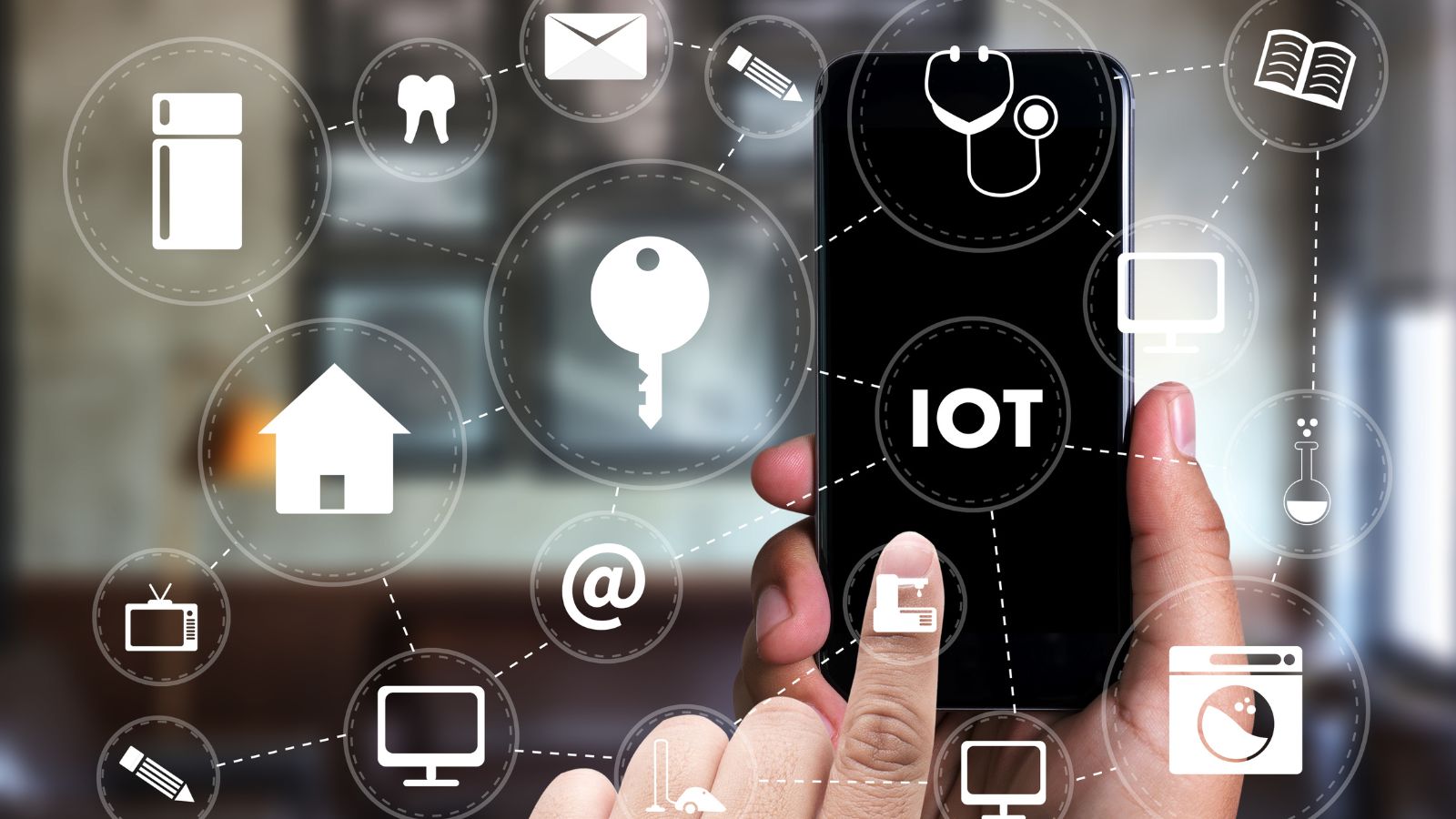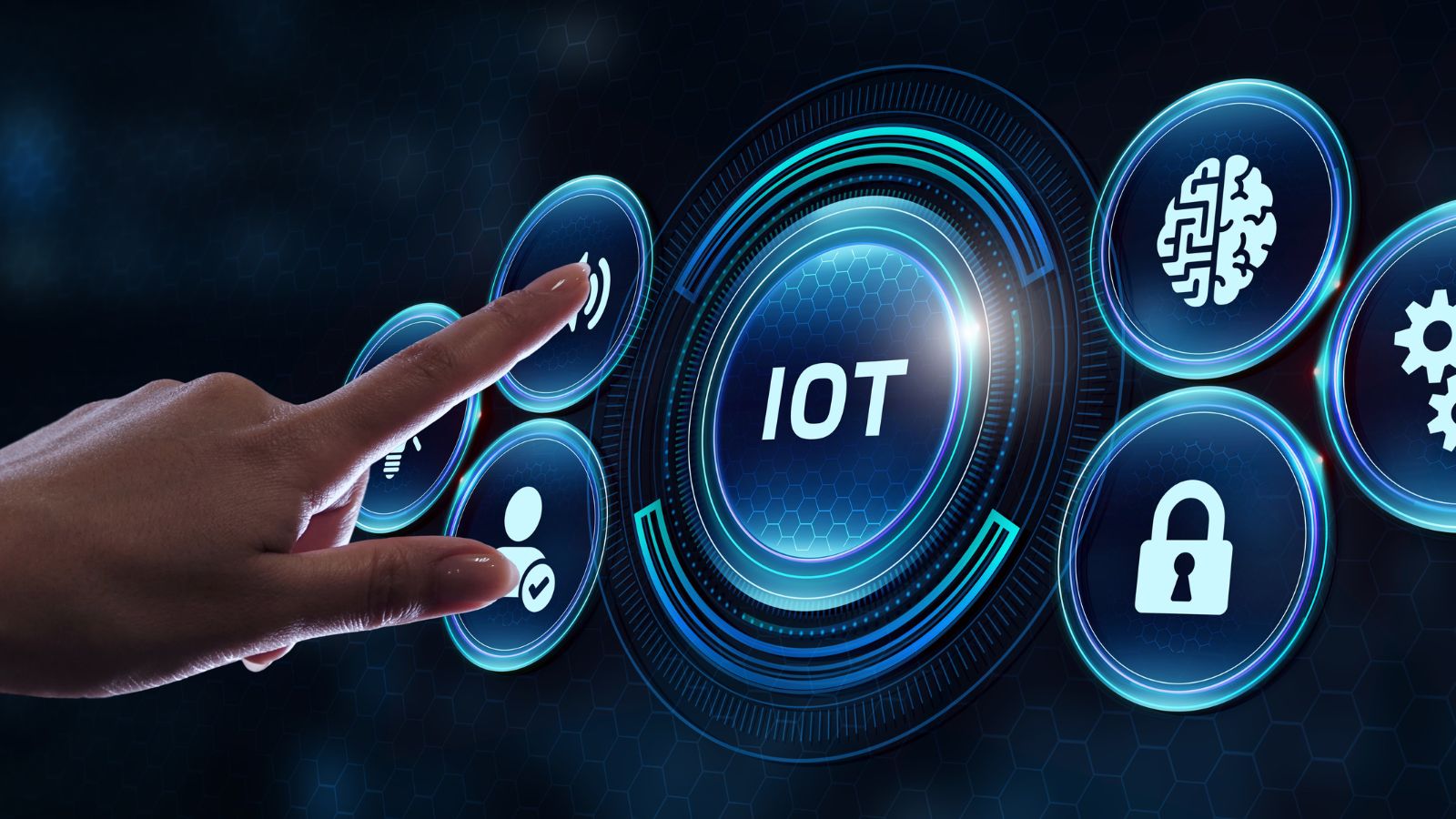In the digital age, the Internet of Things (IoT) has emerged as a game-changer, transforming how we live, work, and play. It’s no longer just a buzzword, but a strategic imperative for businesses striving to stay ahead in a competitive landscape.
However, navigating the IoT world can be complex, requiring a robust strategy to harness its potential fully. This article will provide an incisive look at the IoT strategy, its importance, and how businesses can leverage it for growth and innovation.
 Internet of Things Strategy
Internet of Things Strategy
IoT strategy refers to the systematic plan for integrating and managing connected devices in an organisation. This plan encompasses the choice of technology, the identification of potential use cases, and the measurement of intended outcomes. Additionally, an IoT strategy contemplates the security precautions that ensure the safety of data traffic and device interactions. For instance, a manufacturing company may implement IoT devices to streamline processes, increase efficiencies, and enhance product quality, indicating a thoughtful, application-specific strategy.
In the modern business landscape, IoT plays an invaluable role. Its importance stems from its ability to transform traditional business operations into efficient, technologically advanced processes. Not only does IoT provide real-time insights and predictive analytics, but it also propels automation, driving a significant reduction in operational costs.
Retail businesses, for example, leverage IoT for inventory management or customer tracking. The real-time data provided helps in quick decision-making, while predictive analytics aid in forecasting future trends. Hence, IoT’s integral role in businesses today.
 Components of an Effective IoT Strategy
Components of an Effective IoT Strategy
An effective IoT strategy includes foundational components—technology integration and security considerations. These aspects form the heart of any successful IoT strategy, ensuring your IoT solution gets off the ground and remains secure.
Technology Integration
In an IoT strategy, integrating various technology platforms proves to be a primary component. It pertains to the efficient synchronisation of numerous connected devices in an organisation—ranging from smart sensors to advanced automation systems. For instance, a healthcare setting might include wearables, such as smartwatches monitoring patient health statistics, radiology machines administering medical scans, and administrative systems keeping track of patient records.
To incorporate technology integration effectively, organisations employ Big Data and AI methodologies, fostering device communication and system interoperability. They streamline operational procedures, introduce automation, and facilitate access to real-time data and predictive analytics.
When it comes to implementing an IoT strategy, security and privacy considerations demand utmost attention. Given the significant amount of personal and operational data transmitted through IoT devices, there’s an increased vulnerability to data breaches.
 Challenges in Implementing IoT Strategies
Challenges in Implementing IoT Strategies
Addressing Scalability
Scalability represents a primary challenge in IoT strategy implementation. As organisations expand, their IT infrastructure, including IoT devices, must scale correspondingly. However, accommodating this growth without encountering performance issues proves difficult. Issues may stem from managing an increased volume of devices, data, and network connections.
Through IoT devices, organisations collect vast amounts of data. Thus, as the number of devices multiply, so does the data volume. Handling this increased data load, while maintaining system performance, isn’t a simple task.
Let’s take a manufacturing company as an example. After installing IoT devices in one factory, they see benefits in operational efficiency. Encouraged by these results, they decide to implement IoT across all their factories. Here, successful scaling remains crucial. If their system cannot manage an increased workload, they risk negative operational consequences. Effective scalability strategies, then, prove vital in IoT implementations.
Another challenge lies in managing data complexity. IoT devices generate different types of data—structured and unstructured. Handling and integrating these different data types for actionable insights presents a significant hurdle.
Let’s say a retail store uses IoT for inventory management. They gather structured data about product quantities and unstructured data about customer behaviours. If they cannot effectively manage this mixed data, they’ll struggle to gain valuable insights.